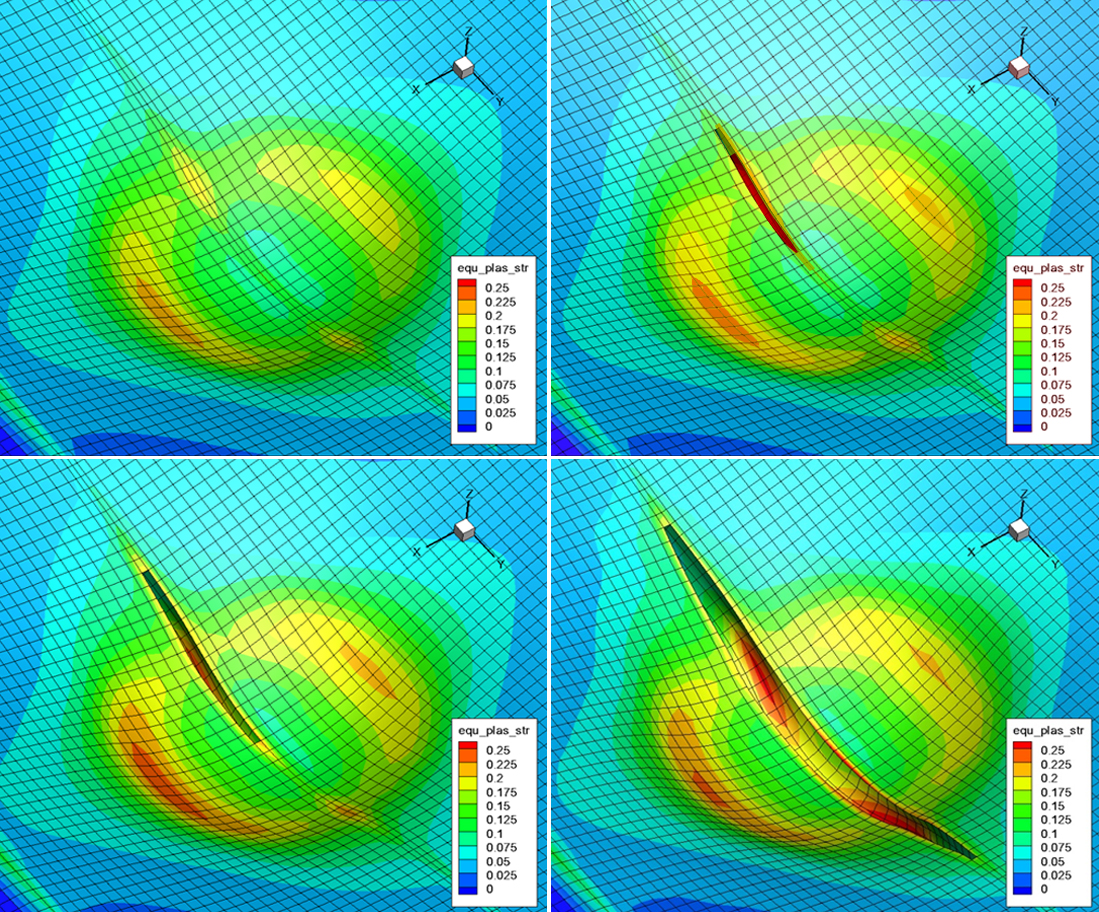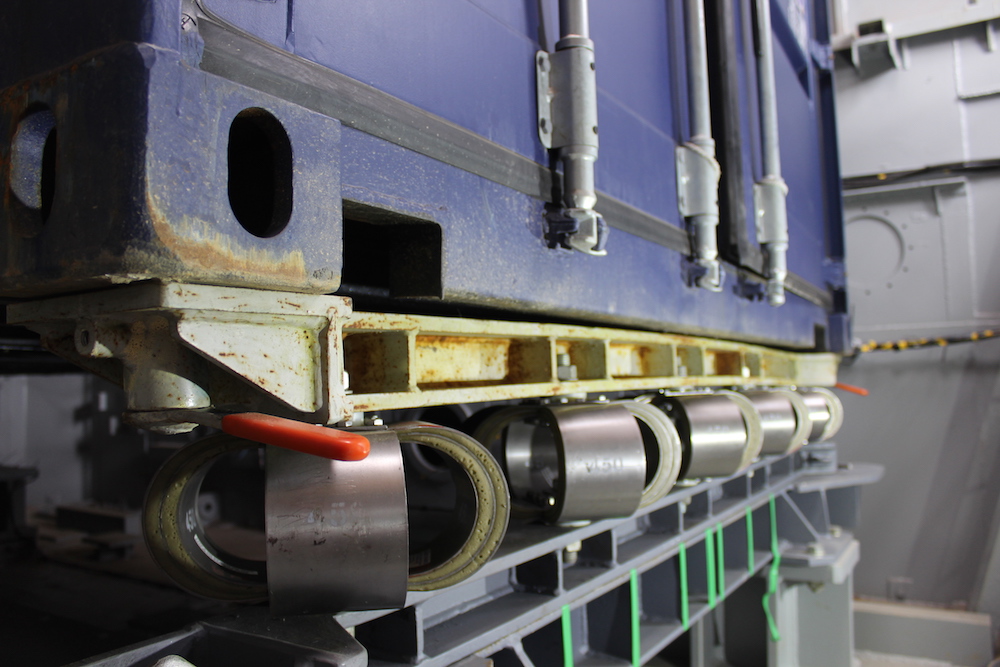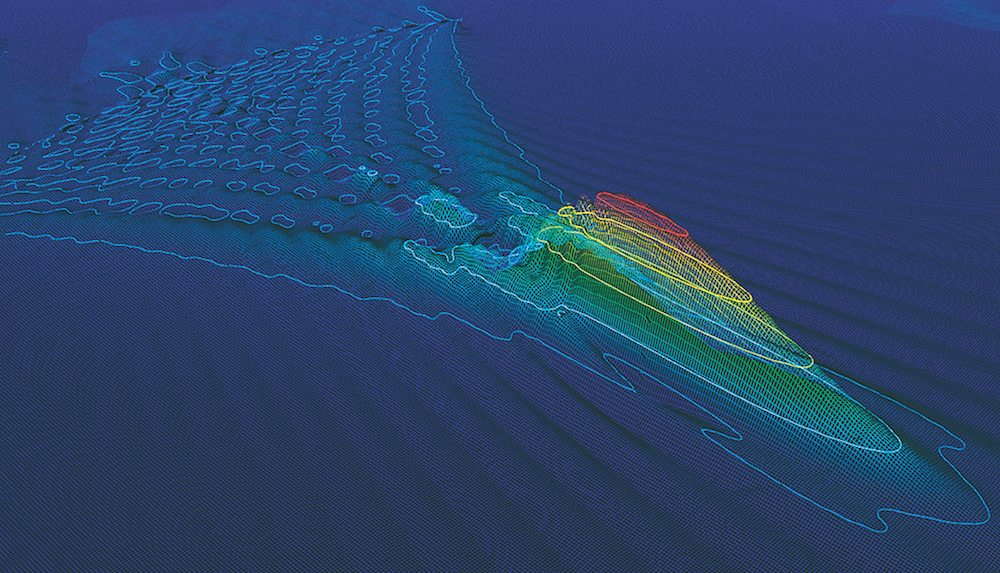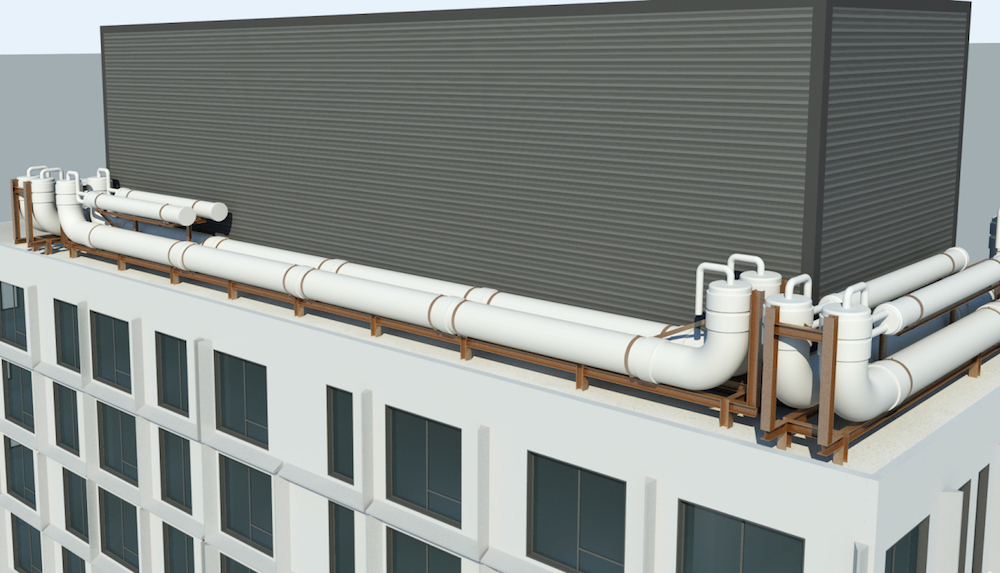The engineering firm Thornton Tomasetti has announced the launch of TTWiiN, a privately held company that will develop and commercialize new tech.
TTWiiN, which is a name based on “Thornton Tomasetti Weidlinger Innovation accelerator,” will initially feature six products:
- Spectacles Suite includes a web application that allows users to view and share 3D and building information models on the web and a virtual reality platform.
- Vibration Solutions, products that mitigate structural vibrations for tall buildings, long-span structures and bridges.
- WAimat Suite, a trio of software tools that facilitate advanced material modeling.
- PZFlex, a finite-element simulation software package for the design and development of piezoelectric and ultrasonic devices.
- Pumpkin Mounts, new shock-and-vibration insolation mount technology.
- Fuel-Injection Technology, which allows better control of fuel in the system during each cycle for more efficiency and power.
The company has its own tech incubator, CORE R&D. The plan is to add new products to TTWiiN from the program every year.
“TTWiiN gives us a platform to drive innovation in our industry and beyond,” Thomas Z. Scarangello, P.E., Chairman & CEO, Thornton Tomasetti, said in a statement. “We are taking technologies that are developed in our CORE R&D incubator and tested in real-world scenarios, then providing the necessary support and leadership to accelerate them to the next level.”
 Spectacles Suite includes VRX, a virtual reality platform that enables a guide to work with multiple guest users on a project model.
Spectacles Suite includes VRX, a virtual reality platform that enables a guide to work with multiple guest users on a project model.
 These images, created with WAidam, show the distribution of equivalent plastic strain around a propagating crack in a simulation of a welded plate subjected to idealized ship grounding.
These images, created with WAidam, show the distribution of equivalent plastic strain around a propagating crack in a simulation of a welded plate subjected to idealized ship grounding.

 PZFlex is a multi-application virtual simulation software package. This model shows a pressure field from a piezoelectric high-intensity focused ultrasound transducer.
PZFlex is a multi-application virtual simulation software package. This model shows a pressure field from a piezoelectric high-intensity focused ultrasound transducer.
Related Stories
Sustainability | May 1, 2023
Increased focus on sustainability is good for business and attracting employees
A recent study, 2023 State of Design & Make by software developer Autodesk, contains some interesting takeaways for the design and construction industry. Respondents to a survey of industry leaders from the architecture, engineering, construction, product design, manufacturing, and entertainment spheres strongly support the idea that improving their organization’s sustainability practices is good for business.
AEC Tech | May 1, 2023
Utilizing computer vision, AI technology for visual jobsite tasks
Burns & McDonnell breaks down three ways computer vision can effectively assist workers on the job site, from project progress to safety measures.
AEC Tech Innovation | Apr 27, 2023
Does your firm use ChatGPT?
Is your firm having success utilizing ChatGPT (or other AI chat tools) on your building projects or as part of your business operations? If so, we want to hear from you.
Design Innovation Report | Apr 19, 2023
HDR uses artificial intelligence tools to help design a vital health clinic in India
Architects from HDR worked pro bono with iKure, a technology-centric healthcare provider, to build a healthcare clinic in rural India.
Resiliency | Apr 18, 2023
AI-simulated hurricanes could aid in designing more resilient buildings
Researchers at the National Institute of Standards and Technology (NIST) have devised a new method of digitally simulating hurricanes in an effort to create more resilient buildings. A recent study asserts that the simulations can accurately represent the trajectory and wind speeds of a collection of actual storms.
3D Printing | Apr 11, 2023
University of Michigan’s DART Laboratory unveils Shell Wall—a concrete wall that’s lightweight and freeform 3D printed
The University of Michigan’s DART Laboratory has unveiled a new product called Shell Wall—which the organization describes as the first lightweight, freeform 3D printed and structurally reinforced concrete wall. The innovative product leverages DART Laboratory’s research and development on the use of 3D-printing technology to build structures that require less concrete.
Smart Buildings | Apr 7, 2023
Carnegie Mellon University's research on advanced building sensors provokes heated controversy
A research project to test next-generation building sensors at Carnegie Mellon University provoked intense debate over the privacy implications of widespread deployment of the devices in a new 90,000-sf building. The light-switch-size devices, capable of measuring 12 types of data including motion and sound, were mounted in more than 300 locations throughout the building.
Architects | Apr 6, 2023
New tool from Perkins&Will will make public health data more accessible to designers and architects
Called PRECEDE, the dashboard is an open-source tool developed by Perkins&Will that draws on federal data to identify and assess community health priorities within the U.S. by location. The firm was recently awarded a $30,000 ASID Foundation Grant to enhance the tool.
AEC Tech | Mar 14, 2023
Skanska tests robots to keep construction sites clean
What if we could increase consistency and efficiency with housekeeping by automating this process with a robot? Introducing: Spot.
Modular Building | Mar 3, 2023
Pallet Shelter is fighting homelessness, one person and modular pod at a time
Everett, Wash.-based Pallet Inc. helped the City of Burlington, Vt., turn a municipal parking lot into an emergency shelter community, complete with 30 modular “sleeping cabins” for the homeless.

















